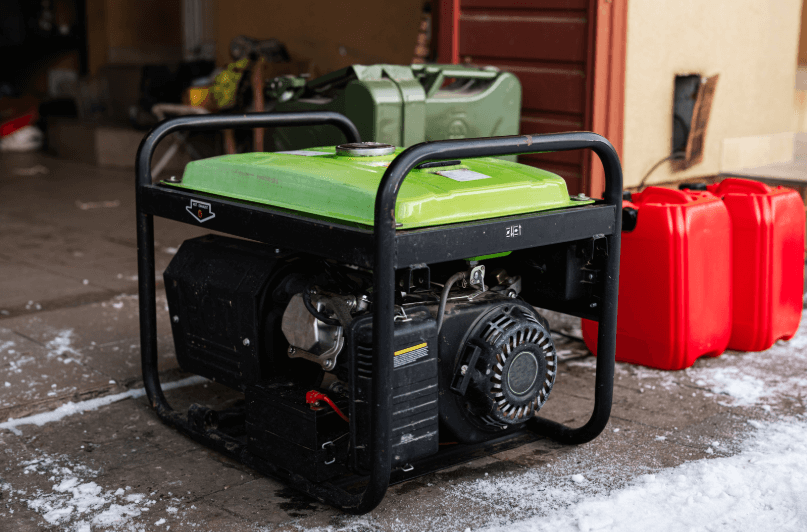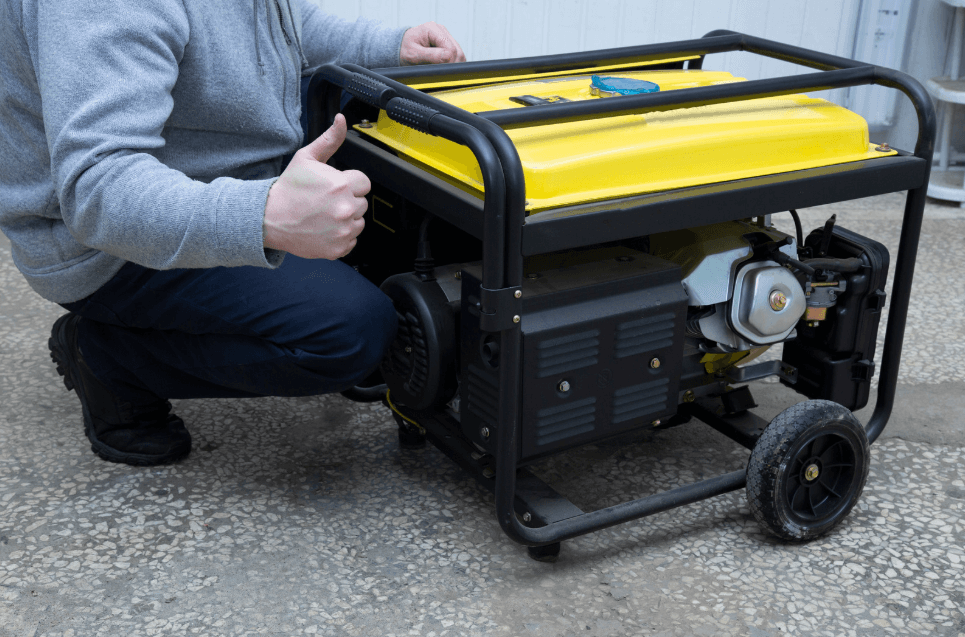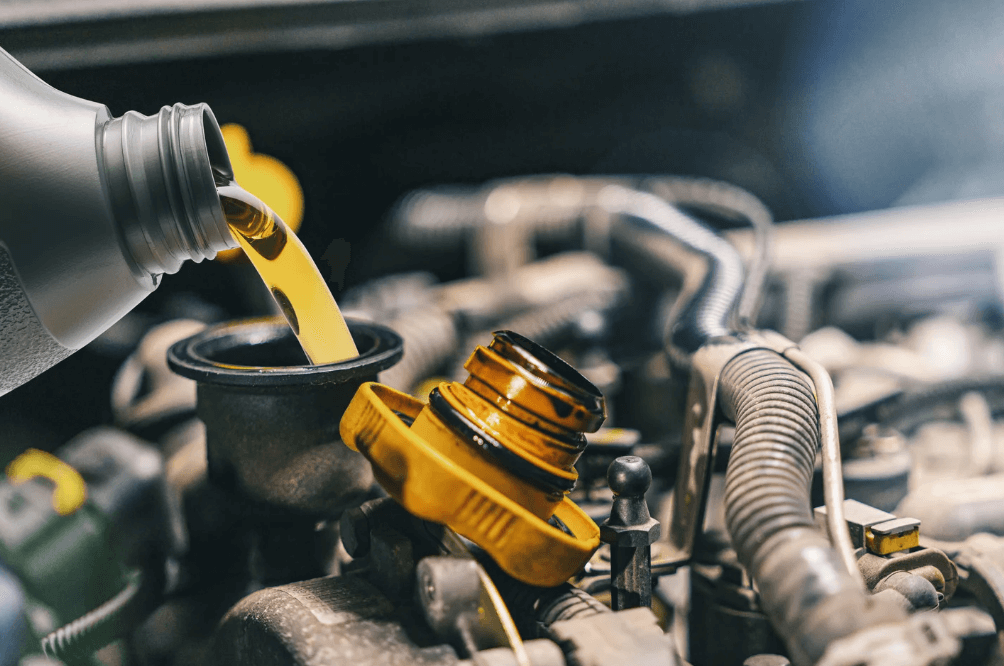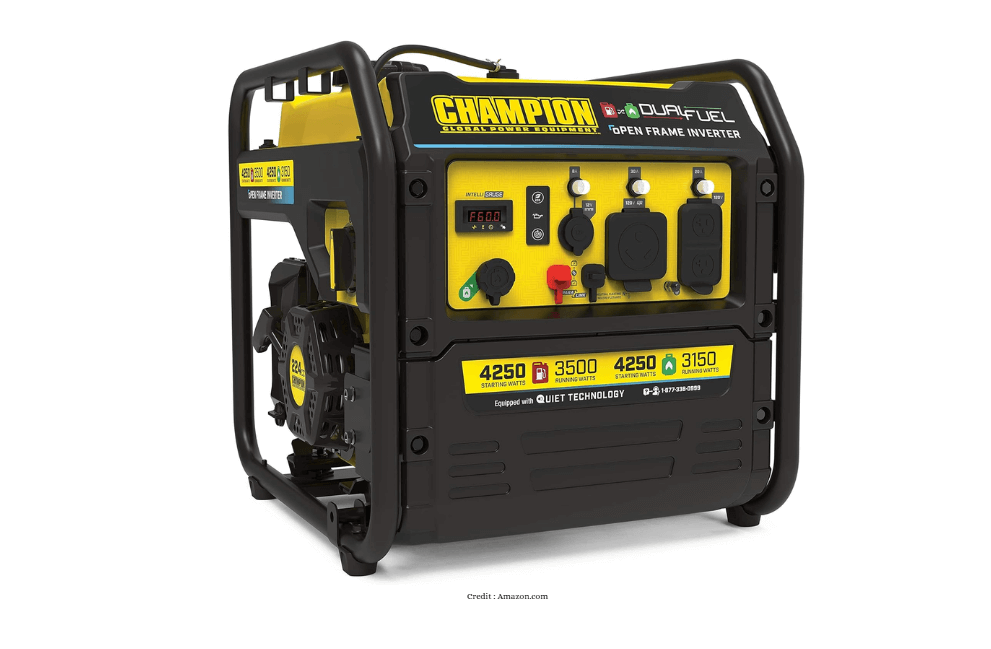
Generators are like the unsung heroes of your home or business. When the power goes out, they kick in, keeping everything running smoothly. But just like any machine, they need proper care to perform at their best. One of the most important tasks you’ll need to do is change the oil regularly.
In this post, I’m going to answer a question that every generator owner should know: How often should you change the oil in your generator? I’ll explain everything in simple terms so you can keep your generator running smoothly without any guesswork.
The Importance of Changing Generator Oil

Before we dive into how often to change the oil, let’s first talk about why it’s so important. The oil in your generator plays a critical role in keeping the engine running.
It lubricates the moving parts, helps cool the engine, and keeps everything from wearing out too quickly. If the oil gets dirty or runs low, the engine can overheat, causing damage that might be expensive to fix.
Changing the oil helps extend the life of your generator, ensuring it works reliably when you need it most. It’s not just a maintenance task—it’s a step toward protecting your investment.
General Rule of Thumb: Oil Change Interval
The general recommendation is to change the oil in your generator after every 50 to 100 hours of use. However, this can vary depending on a few factors. The 50-hour mark is usually recommended for the first oil change after breaking in the generator. After that, the interval can be extended to 100 hours for most generators.
Let’s break that down a little further:
First oil change: After running your generator for the first 20-30 hours, it’s best to change the oil. This is because the engine goes through a “break-in” period, and small metal particles from the engine’s components can end up in the oil. Changing it early helps keep the engine clean and in good shape.
After the break-in: Once your generator has been broken in, you can start sticking to the 50 to 100-hour guideline. Some models can go up to 150 hours before needing an oil change, but it’s always better to err on the side of caution.
How to Track Your Generator’s Oil Change Schedule
It can be tricky to keep track of hours used, especially if you don’t run your generator frequently. The best way to track usage is by using an hour meter, which some generators come with. This tool counts the hours your generator has been running, giving you an accurate reading.
If your generator doesn’t have an hour meter, don’t worry. You can use a manual logbook to track each time you run the generator. Just jot down the hours used and make a note when you hit 50 or 100 hours.
Factors That Affect How Often You Should Change the Oil
While 50 to 100 hours is a good starting point, there are other factors that can affect how often you need to change your oil. Here are a few to consider:
Usage Frequency
If you use your generator regularly, especially in a high-demand situation (like powering your home during a blackout), the oil may degrade faster. In this case, you might need to change the oil more often—maybe even closer to every 50 hours.
Climate and Temperature
Extreme temperatures can also play a role. In very hot conditions, the oil can break down quicker, meaning you may need to change it more often. Cold temperatures can make the oil thicker, which might affect performance, especially if you’re not using the generator regularly.
Fuel Type
Diesel and gasoline generators have different oil needs. Diesel generators generally require oil changes less often because they’re built for more heavy-duty use, but they also need high-quality oil to function properly. Gasoline-powered generators, on the other hand, may need more frequent oil changes because the oil tends to break down faster.
Generator Size and Engine Type
The size and complexity of your generator’s engine also play a part. Larger, more powerful engines often require more frequent oil changes, while smaller, portable generators may go longer between changes.
Signs It’s Time to Change the Oil in Your Generator
Sometimes, your generator will tell you when it’s time to change the oil. Here are a few signs to look out for:
The oil appears dark and dirty: Fresh oil is usually golden or amber, but as it gets used, it becomes darker. If the oil in your generator looks thick or dark brown/black, it’s time for a change.
Poor performance or unusual sounds: If your generator is starting to run less efficiently or you notice strange noises coming from the engine, dirty or degraded oil could be the culprit.
The engine is overheating: Oil helps cool the engine. If the oil is old or running low, the engine might overheat more easily.
Excessive smoke: If your generator is producing more smoke than usual, it might be a sign that the oil needs to be replaced.
How to Change the Oil in Your Generator
Changing the oil in your generator isn’t too complicated, but it’s a good idea to follow these steps carefully to avoid any mistakes. Here’s a simple guide:
Turn off the generator and let it cool. Always allow the engine to cool before changing the oil to avoid burns or injuries.
Drain the old oil. Place a container under the oil drain plug and unscrew the plug to let the oil drain out. Make sure you dispose of the used oil responsibly—don’t just pour it down the drain.
Replace the oil filter. If your generator has an oil filter, replace it at the same time you change the oil.
Refill with fresh oil. Use the type and amount of oil recommended in your generator’s manual. Make sure not to overfill, as this can cause issues with engine performance.
Check the oil level. After refilling, check the oil level using the dipstick to make sure it’s just right.
Start the generator. Run the generator for a few minutes and then check again to make sure the oil level is still good.
Maintaining Your Generator Between Oil Changes

While oil changes are important, there are other steps you can take to keep your generator in tip-top shape:
Check the oil level regularly: Even if you don’t need to change the oil yet, always make sure it’s at the proper level. Low oil can cause damage to the engine.
Keep it clean: Dust, dirt, and debris can get into the engine. Wipe down the exterior of your generator and keep the air vents clean.
Use high-quality oil: Always choose the oil type recommended in the user manual. Using cheap or incorrect oil can cause engine damage.
Run it regularly: If you don’t use your generator often, run it for a short period every month to keep everything lubricated and in working order.
To Sum Up
Changing the oil in your generator is crucial to keep it running efficiently and to avoid costly repairs. The general rule of thumb is to change the oil every 50 to 100 hours of use, but factors like usage frequency, climate, and engine type can affect this schedule. Always monitor the oil’s condition, and don’t forget to check the oil level regularly.







